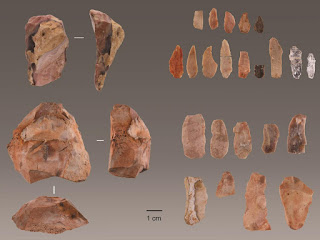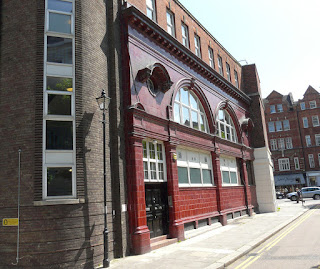The rich history of Ripon Cathedral: A journey through time with St Wilfrid

Ripon Cathedral in North Yorkshire stands as an important historical and religious site in England, its origins dating back to the Anglo-Saxon era. St Wilfrid (c. AD 633-~710) played a significant role in the foundation of what was to become Ripon Cathedral. The church he constructed in the 660s-670s, dedicated to St Peter, was one of the first stone buildings erected in Northumbria since the Roman legions left Britain more than two centuries earlier. While much of that structure has been rebuilt many times over the centuries, ultimately becoming Ripon Cathedral, the stone crypt from Wilfrid's church remains to this day - more on that later. The hagiographical Vita Sancti Wilfrithi , written by Stephen of Ripon and Bede's Ecclesiastical History of the English People ( Historia ecclesiastica gentis Anglorum ), both near-contemporary, are the main sources for Wilfrid's life and activities. Stephen's account stresses the impressiveness of Wilfrid's church at Ripon,



